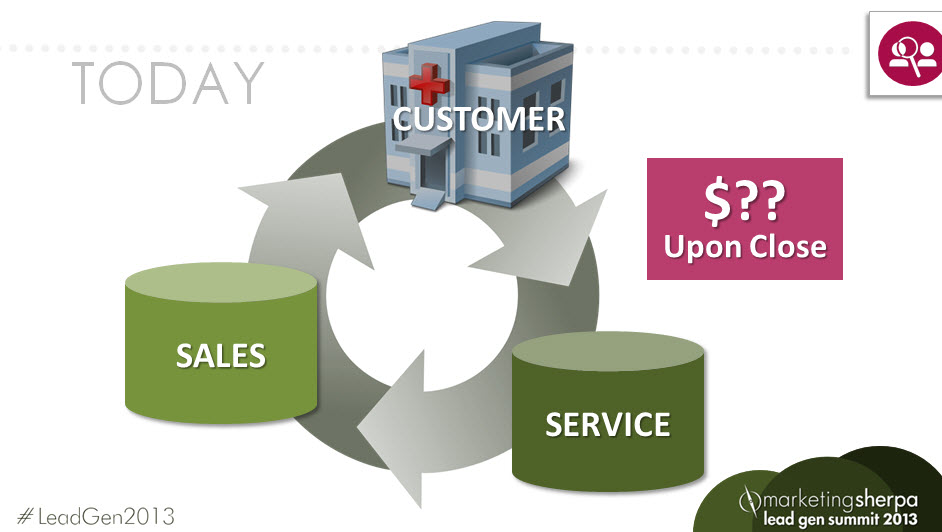Lead Generation: Balancing lead quality and lead quantity
Originally published on B2B LeadBlog
Lead generation is somewhat like a tightrope act.
Generate too many leads, and the rope between Sales and Marketing breaks. If you don’t generate enough leads that turn into sales, your ROI plummets.
As Debbie Pryer, Program Manager, Siemens Healthcare, discovered, finding the right balance between lead quantity and quality takes trust, teamwork and planning.
When the rope breaks, you get the Wild West

In the health care segment of Siemens, field service engineers interact directly with customers to repair medical equipment. This interaction was a great opportunity to capitalize on generating prospects interested in Siemens products.
Service engineers were considered trusted advisers for customers, so having them submit leads to an external website seemed like a great approach to generate leads.
But something went wrong.
A monetary incentive for sales-qualified leads seemed to be working until the number of unqualified leads skyrocketed to 12,000 after the program was released to thousands of employees.
Ultimately, the expansion also led to 65% of those leads being rejected, so while the program was generating leads, they were not high-quality leads.
“It was totally the Wild West; anybody could submit any kind of lead they wanted for anything,” Debbie explained.
Audit the situation and look for problems
Debbie’s initial challenge as she explained in her presentation at Lead Gen Summit 2013 in San Francisco was to realign Service and Sales after the program’s high rejection rate ultimately created a distrust between the two departments.
To accomplish this, Debbie shifted the lead generation approach from a linear model to a closed loop with a customer-centric focus.
She explained, “You learn from those mistakes and it’s what you take with that learning and what you do with it.”
Realignments in process are also important
Getting all the moving pieces to work together is tough. There’s buy-in from all of the stakeholders and then gathering all of the resources you need to make it happen.
The key to making this massive shift work, according to Debbie, is in communicating those changes across the organization effectively.
“If you don’t put together some kind of communications plan of what you’re going to communicate to whom and when, you’re setting yourself up for a lot of heartache,” she said.
To learn more about Debbie’s approach to revitalizing Siemen’s lead generation program and the factors she identifies as keys to success, you can watch the on-demand Summit webinar replay of “Lead Generation: How to empower your program like Siemens Healthcare.”
You may also like
Universal Lead Definition: Why 61% of B2B marketers are wasting resources and how they can stop [More from the blogs]
Lead Generation: How using science increased teleprospecting sales handoffs 304% [More from the blogs]
B2B Social Media: SAP Latin America boosts followers 900% [Part I] [Case study]
B2B Social Media: SAP Latin America boosts followers 900% [Part II] [Case study]
Categories: Lead Generation B2B LeadBlog










